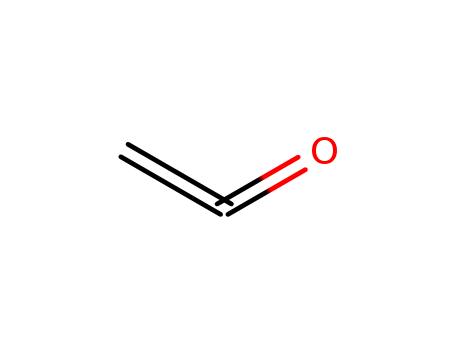10.1002/hlca.19750580821
The research focuses on the synthesis of complex organic compounds, specifically the preparation of rac-Muscone and Exaltone using ring expansions. Key chemicals involved include 1-morpholino-cyclododec-1-ene (7) and 1-morpholino-cyclotridec-1-en (15), which were reacted with ketene to form 4,6-Undecamethylene-2-pyron (8) and 4,6-Dodecamethylene-2-pyron (16), respectively. These compounds were then subjected to saponification and decarboxylation processes to produce mixtures of 3-methyl-cycloalkenones, which were subsequently hydrogenated to yield the desired products. The study also explores the application of the keton homologation method of Mock & Hartman, using diazoacetic ester and triethyl oxonium fluoroborate to synthesize higher homologs of cyclododecanone (1), resulting in cyclotridecanone (4) and cyclopentadecanone (5). Additionally, the research investigates the radical anion of 2,7-diazapyrene and its protonated forms, examining the changes in coupling constants and orbital sequences upon protonation.





